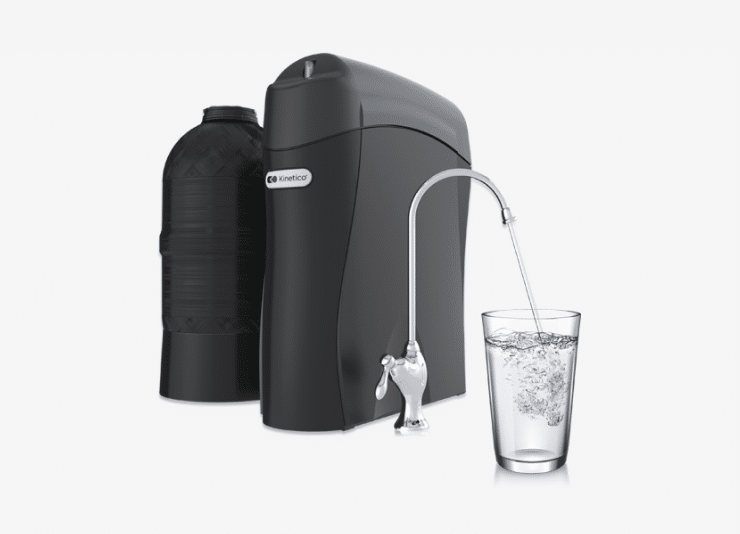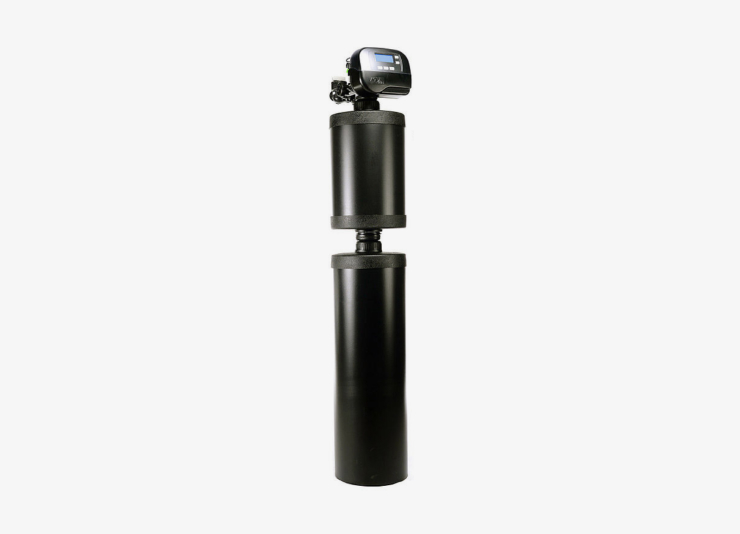Silica is a mineral compound with the formula SiO2 . This very common mineral has many different forms and is most easily recognized in nature as the mineral quartz.
Silica is actually silicon dioxide. Silicon is the 7th most abundant element in the universe and the second most abundant element in the Earth’s crust, after oxygen. In fact, the vast majority of all rocks are comprised of silicate minerals which have SiO2 as their fundamental building block.
Although the solubility of silica in water is low, and the dissolution rate of silicate minerals is very slow, its sheer abundance means that is present in ground water supplies at some level.
Anyone with a granite countertop in their home can see silica (quartz) as well as a range of silicate minerals just by studying the minerals present in their countertops. It is no wonder that wells drilled into normal rocks pick up silica over the span of years as the groundwater slowly dissolves the rocks.
















